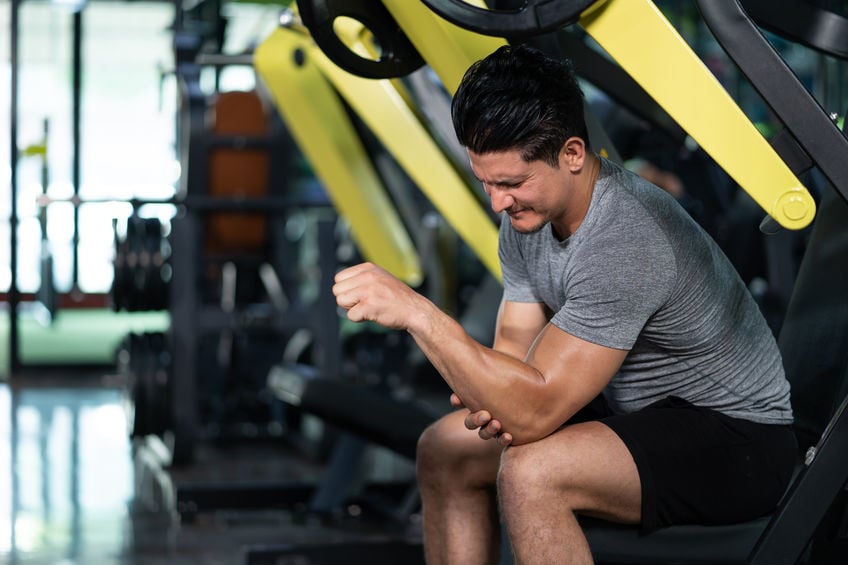Can You Replace A Shoulder?
Most people know about replacing hips or knees, but the shoulder can also benefit from a prosthesis. Shoulder replacement surgery is a procedure to restore or improve the function of the shoulder joint. With total shoulder replacement, the surgeon replaces the head of the humerus with an artificial ball-and-socket joint made of metal alloys and plastic components. This change results in pain relief, improved movement, and restoration of function. Shoulder replacement can happen using minimally invasive techniques but still require extensive recovery. This recovery time can be especially difficult for weightlifters.

What’s next after a shoulder replacement?
Following the surgery, patients are usually immobilized in a brace for several weeks to allow time for proper healing. This recovery period varies, depending on the procedure performed and the individual's overall health. Following immobilization, patients begin a physical therapy (PT) program to regain a full range of motion (ROM) and strengthen the shoulder. Physical therapy generally lasts for about 6 weeks following surgery. Doctors allow patients to return to light activities once there is no pain from movements like lifting the arm above the head. Most people can generally resume normal activity levels after 4-6 months. This range will vary depending on what those normal activities entail. Some people will require 6-12 months to regain full ROM and strength.
Before you lift
Casual trainers to advanced weightlifters will be eager to resume training. While weightlifting can improve heart health, build muscle, and strengthen joints, lifting too soon after surgery is dangerous. Therefore, going through the proper PT channels first is essential. Physical therapy involves gradual strengthening exercises to regain the shoulder's range of motion and improve the surrounding muscles' strength. These exercises start simple and become more challenging as the patient progresses through the physical therapy program. After 12 weeks of PT, most minimally invasive surgery patients can perform upper-body exercises like push-ups, shoulder flies, and presses with light weights.
Is heavy lifting possible?
Once the physical therapist has determined that the patient is strong enough for weightlifting, heavier strength training exercises can be attempted. This timeframe is often at the 6-month mark. Even then, there may still be a cap on how much weight the patient can lift. The patient will need to monitor pain while exercising and report any discomfort to the physical therapist. Some exercises will be easier and safer than others. Even after a full year, some doctors will recommend staying under particular weight amounts to avoid re-injury. In some cases, heavy lifting is not recommended as the risks are too great. These patients may need to stick to higher reps with lower weights instead.
Slowly but surely
The recovery period following total shoulder replacement is a long process. During such time, following the doctor's instructions and taking proper care of the injured shoulder can help speed up recovery and prevent complications. Avoid putting strain on the arm and doing activities that put too much pressure on the joint. Start slowly and increase physical activity gradually over time. Light stretching exercises are also recommended to improve shoulder mobility and restore joint flexibility. Make sure to rest, sleep regularly, and avoid strenuous activities for at least a few weeks after surgery. Heavy lifting is usually possible again with a slow and steady approach to restoring the shoulder.
More Articles from MVSC
March 29, 2024
Robotic total joint replacement uses a robotic arm to replace the joint. This innovative approach allows a quick return to activities.
October 13, 2023
Technology is transforming knee replacement surgery. Patients with arthritis should understand the advantages of robotic-assisted arthroplasty.
August 11, 2023
Most people see significant improvement after hip replacement surgery, but some lifestyle habits can slow down recovery and exacerbate pain.
July 6, 2023
UCL reconstruction restores ROM and elbow stability. Tommy John surgery is for unresolved complete tears or overhead activities.







